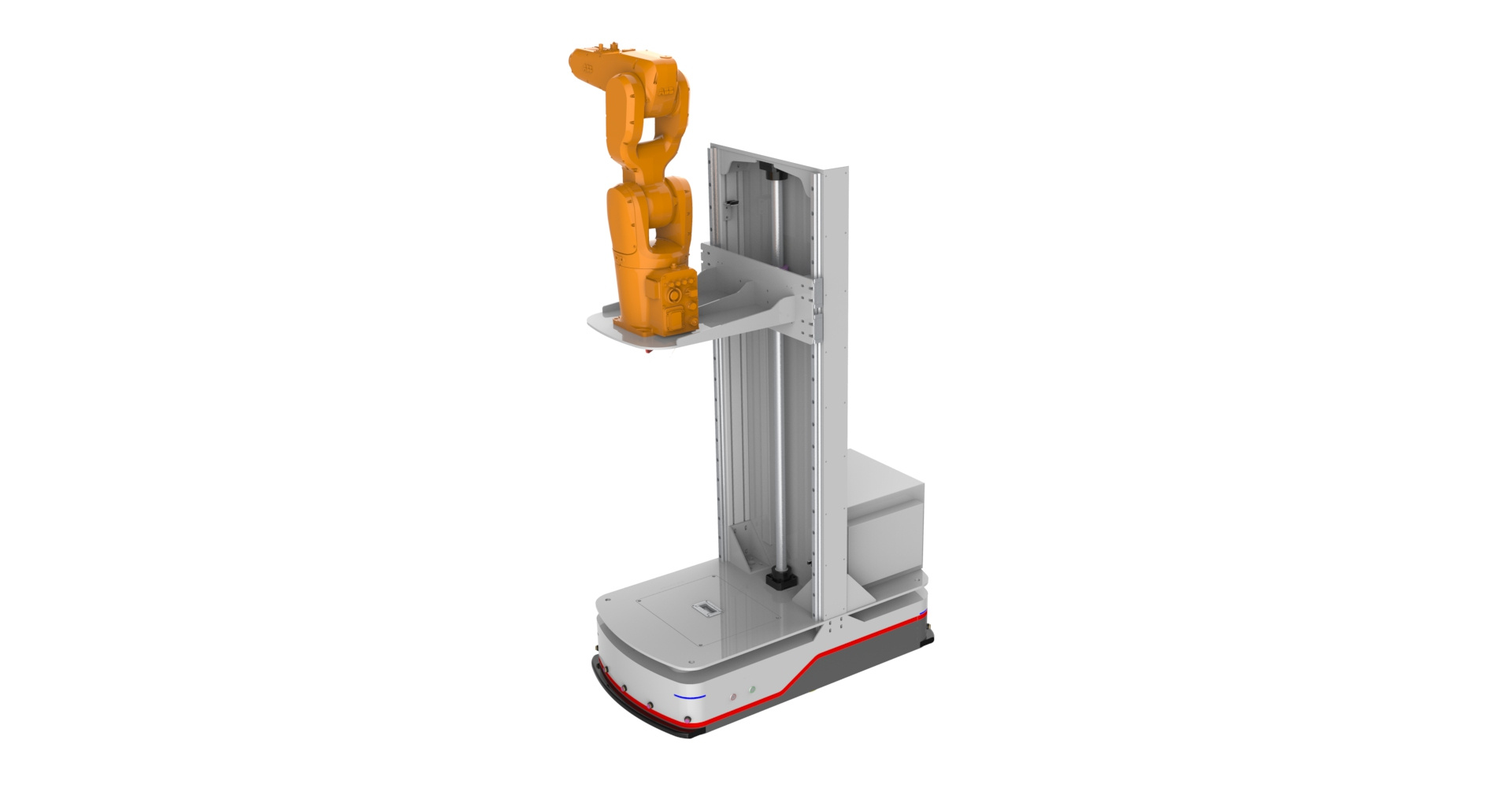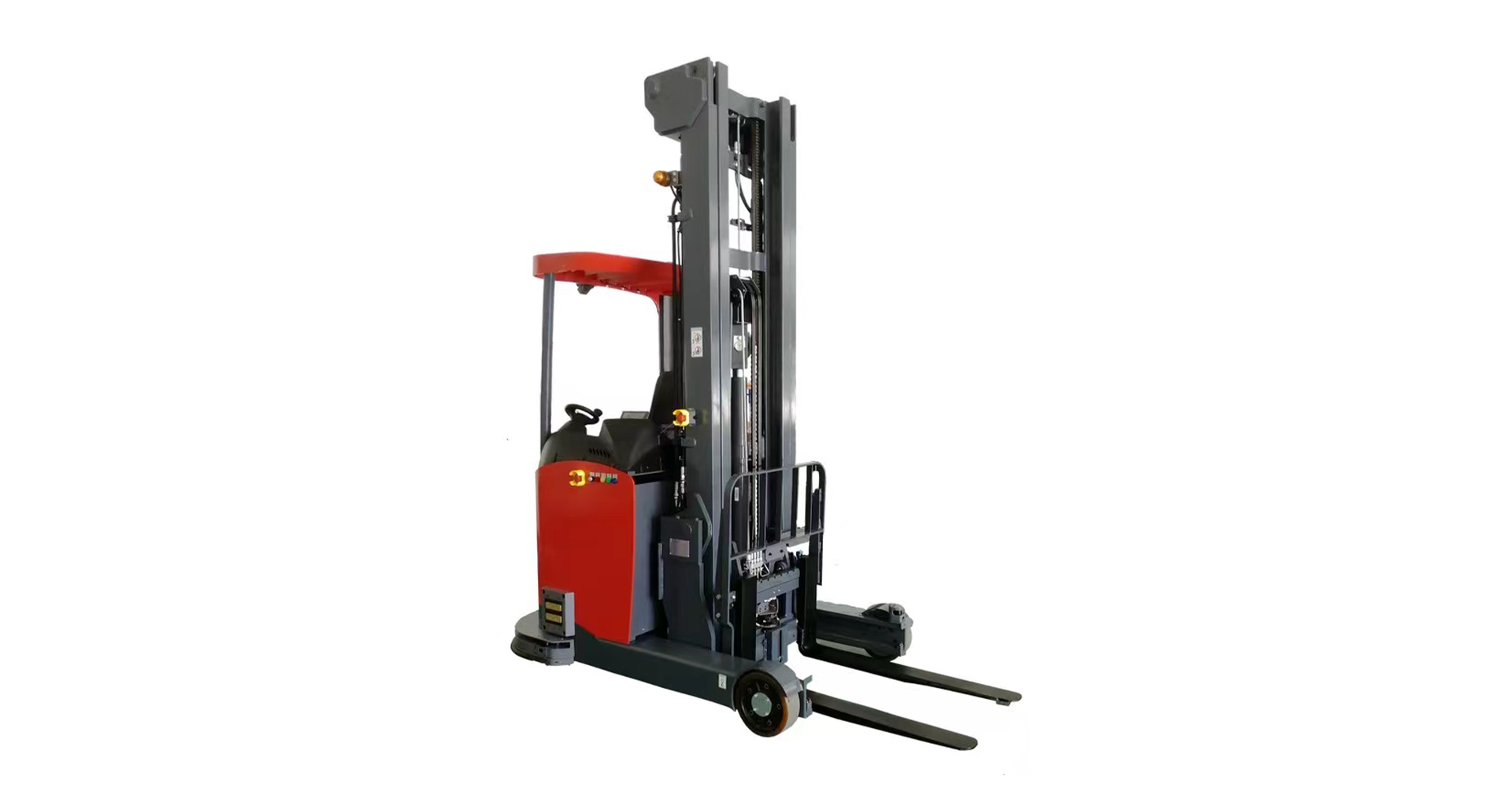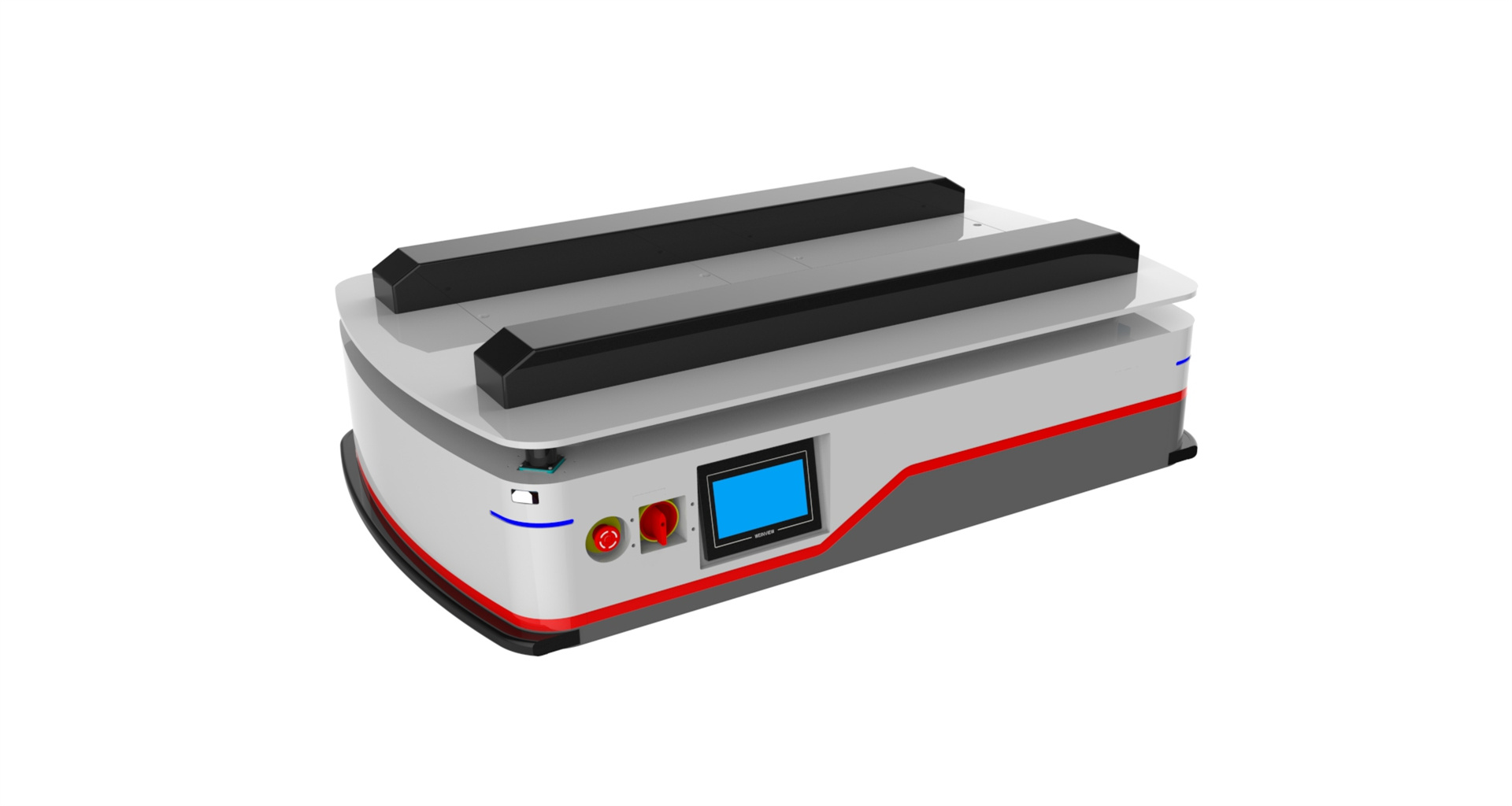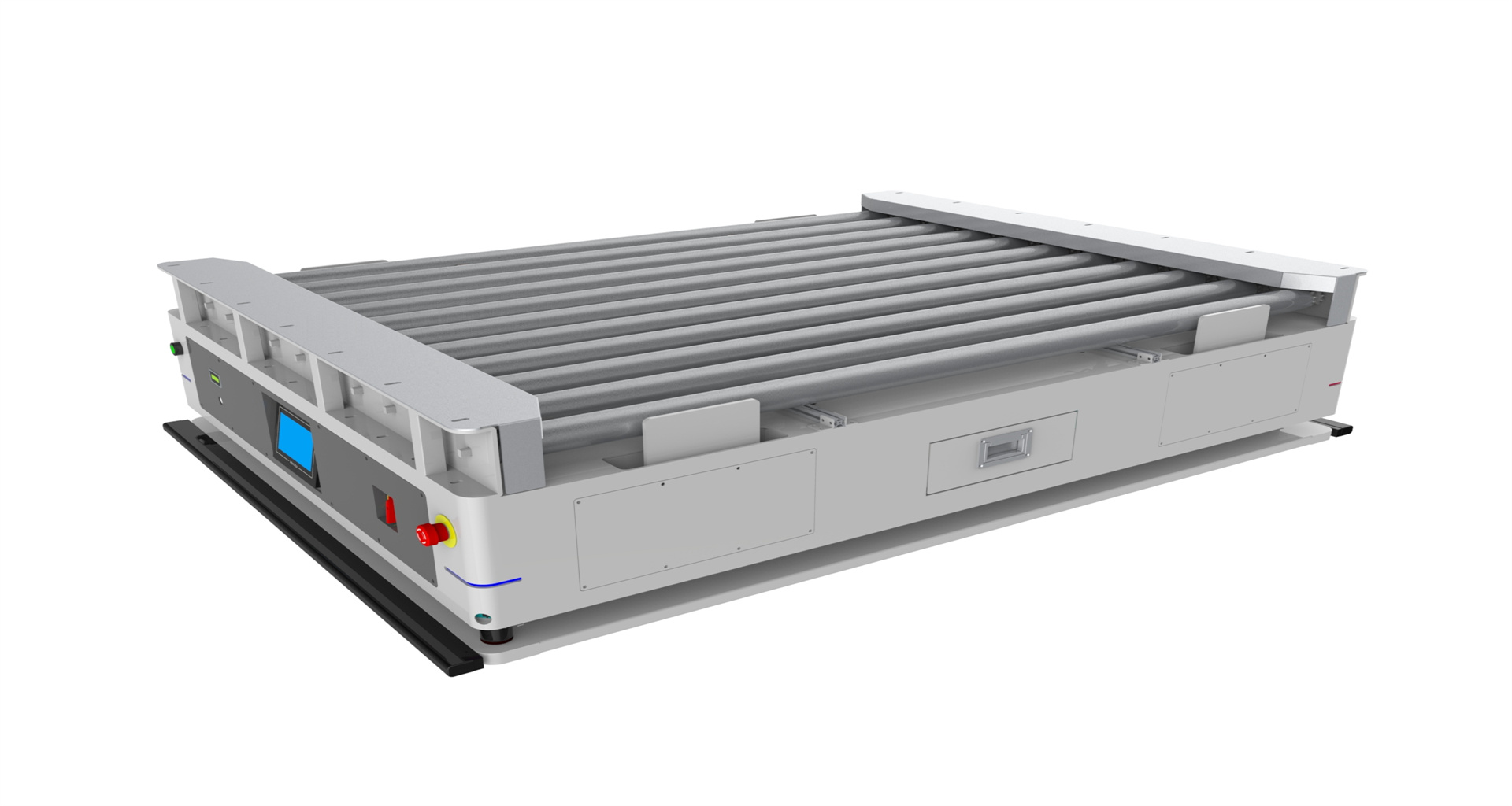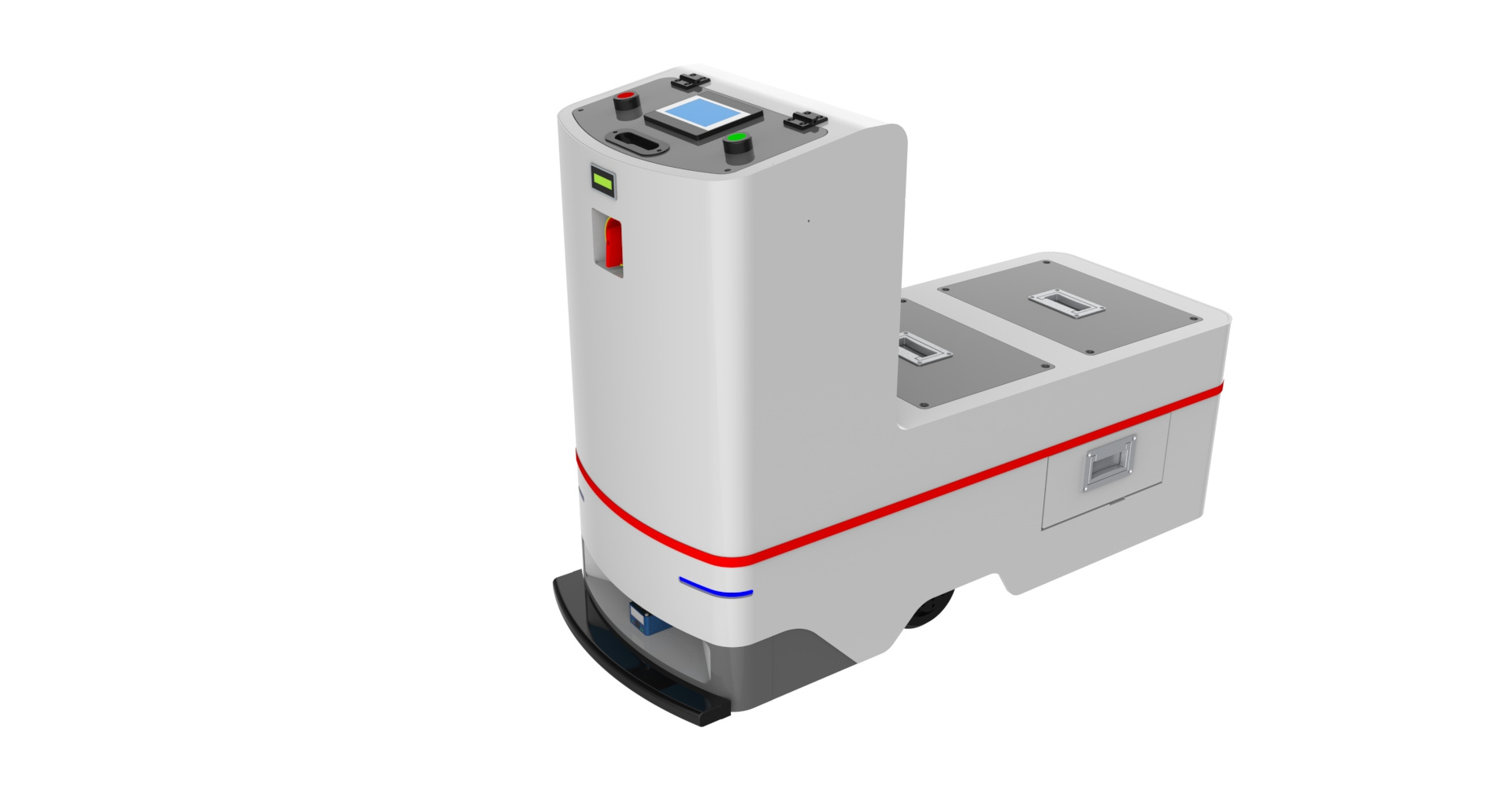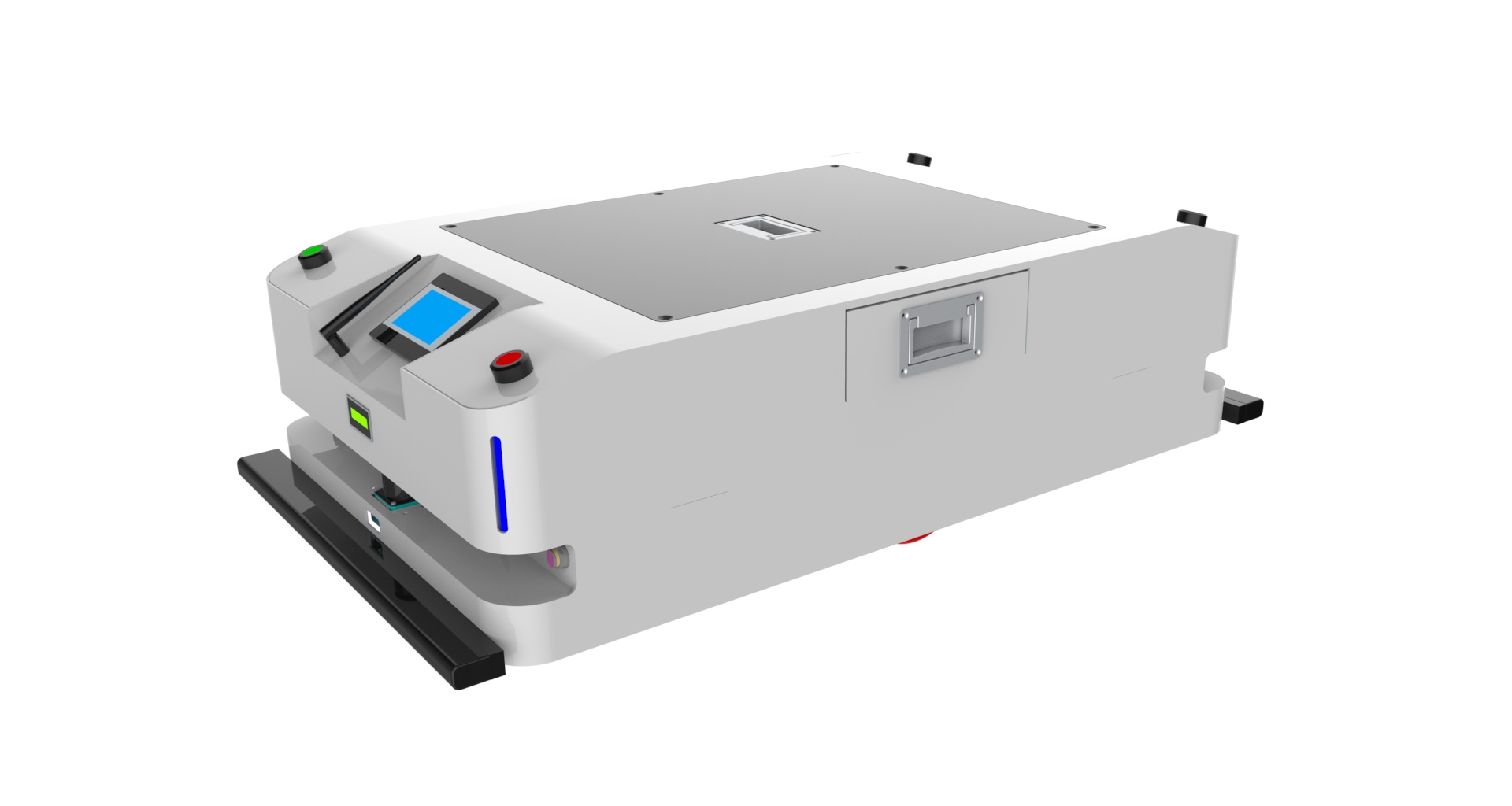ELECTRONICS
The electronics industry needs mobile robots. Here’s why
Today’s consumers not only want the latest models as quickly as possible, but also more durable, high quality and sustainable goods.
This is putting huge demands on the electronics manufacturing industry. Couple this with omni-channel ordering, tracking and returning, an aggressive reviewing culture and some hard-to-ignore tariffs, and you get an electronics industry that can do little else but be as responsive as possible while keeping costs low.To stand a chance of competing, manufacturers and suppliers need to automate processes for a flexible, productive and high value supply chain. While automation and robotics are no stranger to the electronics industry, there is still room to go further with a new generation of innovative technology.
- The next generation of success
- Leaner, faster, more flexible processes
- Workforce stability
The next generation of success
Autonomous mobile robots (AMR) are much more sophisticated than their predecessor, the AGV (automated guided vehicle). While an AMR is like the AGV in that they are both transportation devices, AMRs rely on data to make routes and not wires or magnets. Not only does this make them easier to set up with little downtime, they are also more responsive to (and useful in) a dynamic work environment. This, and their other features make AMRs more efficient and safer than an AGV, as well as being easy to use. That’s probably why the latest industry findings show that by 2021, 60% of the electronics industry will use AMR to optimize internal logistics, and that by 2024, this number will hit 90%.
Leaner, faster, more flexible processes
The electronics industry knows more than any other that a lean, optimized supply chain is a critical for success. Those who are exposed to omni-channel demands are especially vulnerable with 81% of manufacturers stating their current supply change is not up to purpose, according to a EY report.
Here, autonomous mobile robots can aid productivity by removing humans from low-value menial tasks and freeing them to add value with more complex tasks. AMRs also reduce error rate and the need for frequent inventory checks, keeping production times short and responsive. The collaborative nature of the mobile robot also means that it can add efficiency by working side-by-side with its human counterparts, to ensure optimal productivity.
AMRs are an integral part of the supply chain of the future by keeping flows and processes tight and responsive.
Workforce stability
As well as increasing supply chain reliability, AMRs can also aid labor and workflow stability. The autonomous mobile robots can take on dangerous or repetitive tasks, reducing the risk of costly workplace injuries. At a time when worker shortages are threatening the electronics industry, employing technology to take on the less interesting and riskier jobs, will help create a more appealing environment to retain and attract workers.
In fact, in a recent survey of global business leaders by Rainbow Robot found that 40% do not see AMR as a mechanism to reduce labor costs. Instead most leaders see AMR as a way to improve worker safety, keep up with market challenges and increase production capacity.
An informed decision
There is a clear need and demand for AMR in the electronics industry, and business leaders must be sure not to get left behind. But successful AMR implementation requires a deep understanding of the trends, challenges and barriers.

